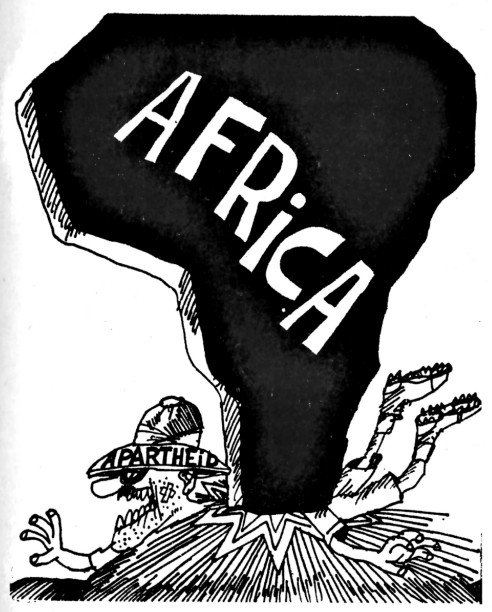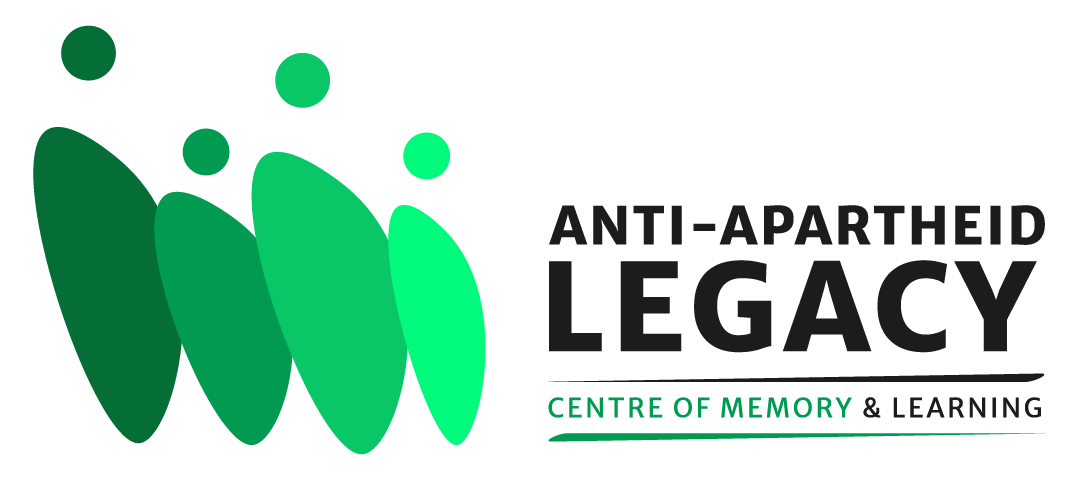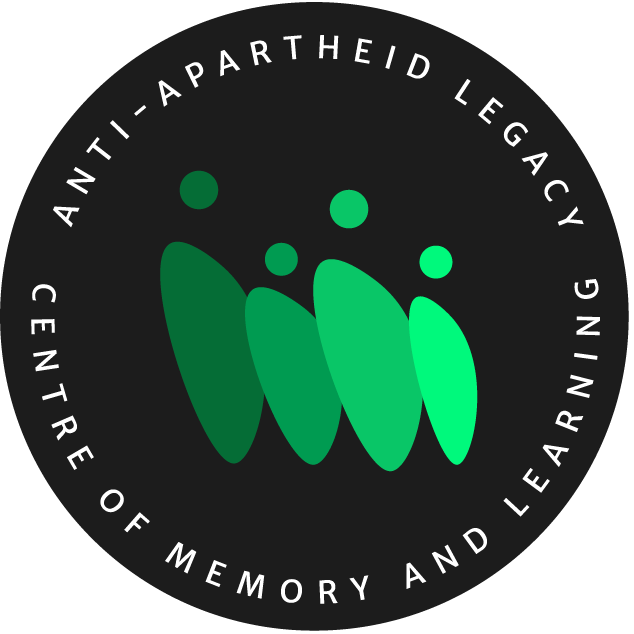Activity Against Apartheid: African Continent
Oliver Tambo of the ANC is greeted at Dar es Salaam airport in Tanzania by Frene Ginwala (right), an exiled ANC and Natal Indian Congress member, leading officials of the Tanganyika African National Union (TANU) and Tanzania government as well as the South African United Front (SAUF). In the image are Tambo, Ginwala, Nsilo Swai (far left)- Minister for Commerce and Industry, and Mr. James Hadebe of the SAUF (next to Swai). Image credit: Contact Magazine -Vol.-4. 17.aug1961. JSTOR Primary Sources 08-09-1961.
The anti-apartheid struggle was a long and difficult one, and the end result, that is, a free and democratic South Africa, could not have been achieved without the help and involvement of the international community.

“The Freedom Fighters of South Africa are risking their lives not only for the the freedom of their country, but for the security of neighbouring African States, for the dignity of Africa and its people and for the principles of the Charter of the United Nations and the Universal Declaration of Human Rights.” Mr. E. Reddy, Assistant Secretary-General of the UN and Director of the UN Centre Against Apartheid, addressing an ANC public meeting in London, Sept 1983. Image and quote credit: Sechaba, Aug. 1983 Source: JSTOR Primary Sources , 08-01-1983. Contributed by: African National Congress (Lusaka, Zambia)
From an African perspective, there were many ways that African countries contributed towards the fight against the tyranny of the apartheid state. These forms of struggle were carried out in solidarity with the organisations that represented the struggling masses, including the African National Congress (ANC), the Pan Africanist Congress of Azania (PAC), and the Black Consciousness Movement (BCM).
Through diplomatic pressure, financial and military support, and promotion of solidarity within Africa, African countries played a significant role in the struggle to end apartheid. In particular, reference is being made here notably to the following countries.
* Algeria and Ethiopia – provided military intelligence to Nelson Mandela when he visited both countries, as well as Morocco in 1961.
* Zambia – Provided both the PAC and and the ANC with land, housing, offices and other resources that helped the two organisations to set up base immediately after they were banned by Verwoered’s National Party-government on the 8th of April 1960. It was in Zambia that the main camps of Umkhonto we Sizwe, the ANC’s military wing, were based.
* Tanzania – Beginning from the period under the tenure of President Julius Nyerere, Tanzania went out of its way to provide refuge for thousands of ANC and PAC exiles. Many were housed in training camps and schools supported by the funding sourced from the international solidarity community. The PAC headquarters were in the Tanzania capital Dar-es-Salaam for over three decades while the ANC’s Oliver Tambo was also for some time based in the same city.
It was in Tanzania and London that the South African United Front, a coalition of Southern African Liberation Movements, conducted its planning operations.
Other countries that were pivotal to the struggle were Botswana, Lesotho, Swaziland, Zimbabwe and Mozambique (known as Frontline States due to their physical proximity to South Africa), Angola, Libya, Somalia, Nigeria and others.
Sanctions and Diplomatic Pressure
The African Union (AU), then known as the Organisation of African Unity (OAU), also played important role to play, particularly in the diplomatic and economic spheres, when it constantly appealed to its members to by recalling ambassadors, suspending diplomatic relations, and imposing economic sanctions as a way of pressuring the South African government to abandon its apartheid policies.
The AU worked very hard to isolate the apartheid regime diplomatically, politically, and economically by also making representations at the United Nations General Assembly arguing hard for corporates to disnivest from the country.


